Vintage photos show what life was like in 1950s America
A booming decade
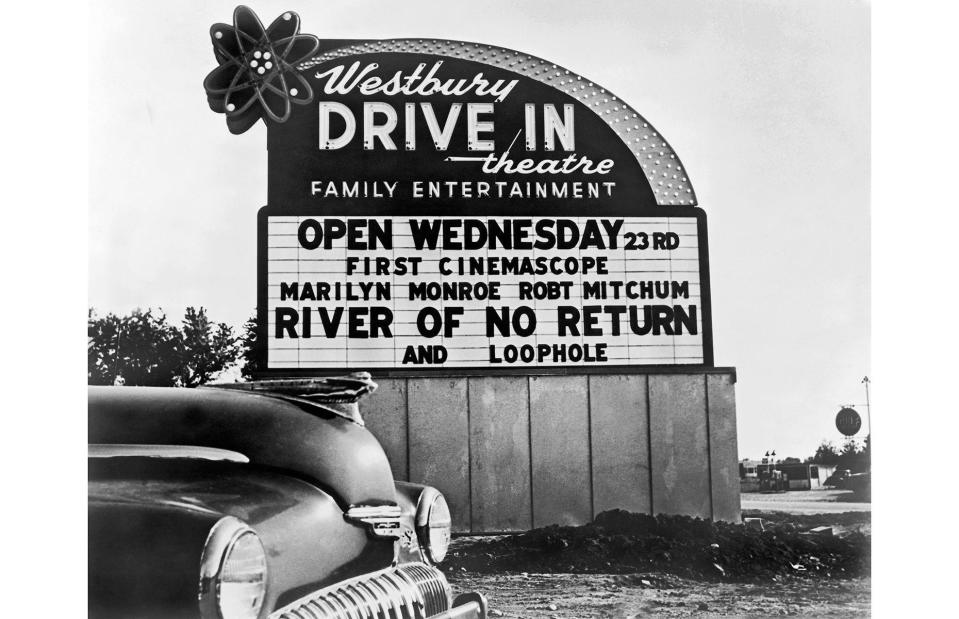
Underwood Archives/Getty Images
After some 20 years of financial hardship and world war, the 1950s finally ushered in an era of peace and prosperity for the majority of Americans. Life in suburbia, with its cookie-cutter family homes and white picket fences, became the ideal, while a renewed economy sparked the return of big spending. But as the United States grew on the world stage, discord brewed in its backyard, with the civil rights and anti-communist movements bearing the nation’s cracks for all to see.
Read on to see the conformity, consumerism and Cold War tensions of 1950s America caught on camera…
c. 1950: The babies keep booming
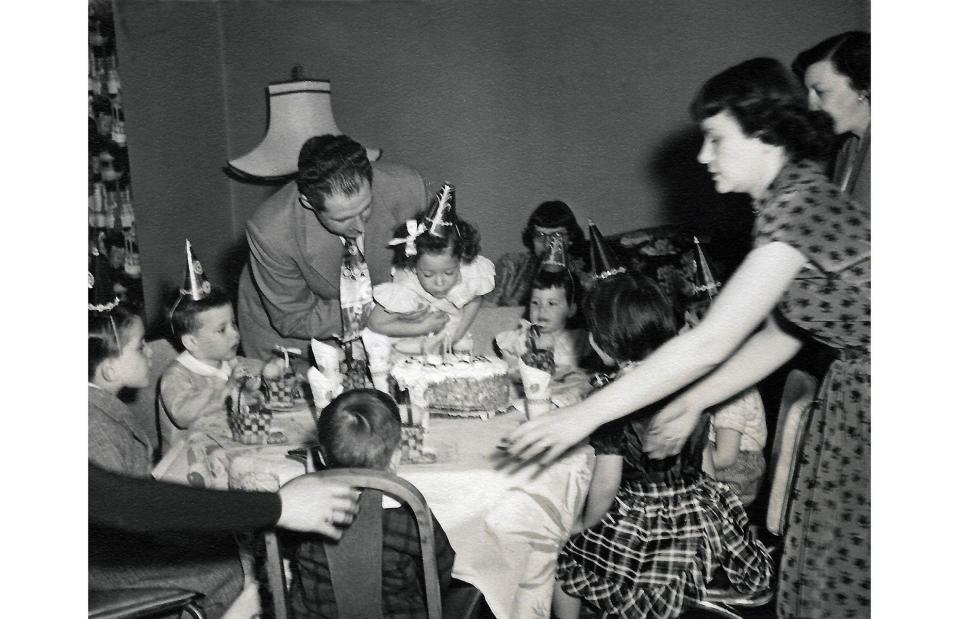
Sheri Blaney/Alamy
Galvanised by the end of the Second World War and filled with fresh hope for the future, many Americans figured the late 1940s and 50s were the perfect time to start raising a family. Economically, things were on the up – the country’s GDP (gross domestic product) grew by 150% from 1945 to 1960, prompting the 'Golden Age of American Capitalism'. This all contributed to a so-called baby boom, with around four million births registered each year throughout the 1950s. The census of 1950 recorded, for the first time in history, a US population of more than 150 million people.
c. 1950: The American Dream becomes reality
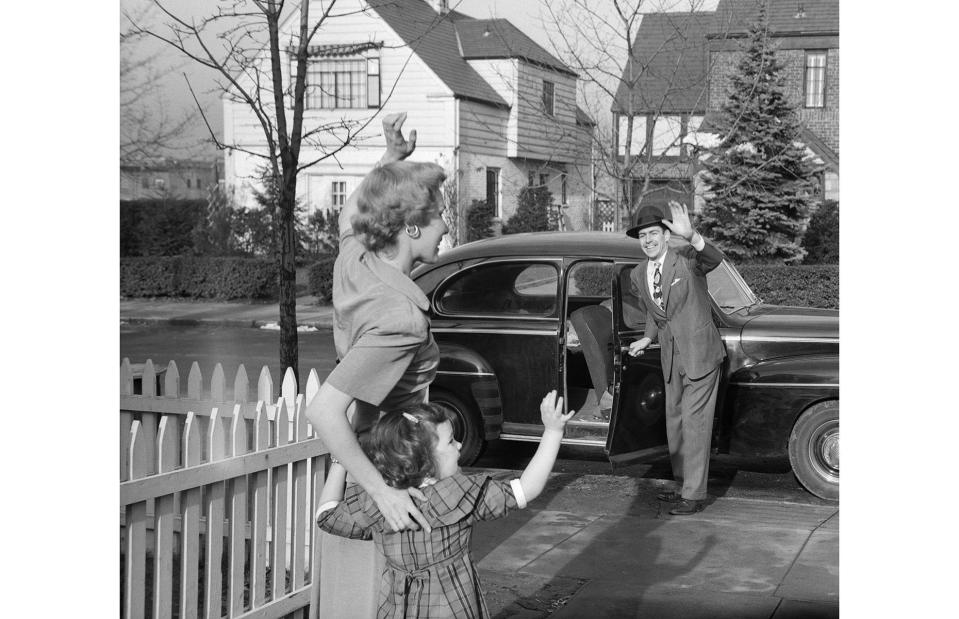
Debrocke/ClassicStock/Getty Images
This reaffirmed sense of optimism, prosperity and patriotism helped shape the American Dream. Defined by the values of opportunity and freedom for all, it promised that a life of personal, professional and material success was attainable for the average American. During this decade, unemployment and inflation rates were low and wages high, leading to a surge in the middle class and a mass exodus of wealthy young couples to suburbia. Societal norms largely reinforced traditional gender roles of the breadwinning husband and the domestic goddess, though a large proportion of American women chose to remain in work after marriage and motherhood.
1950: America enters the Korean War
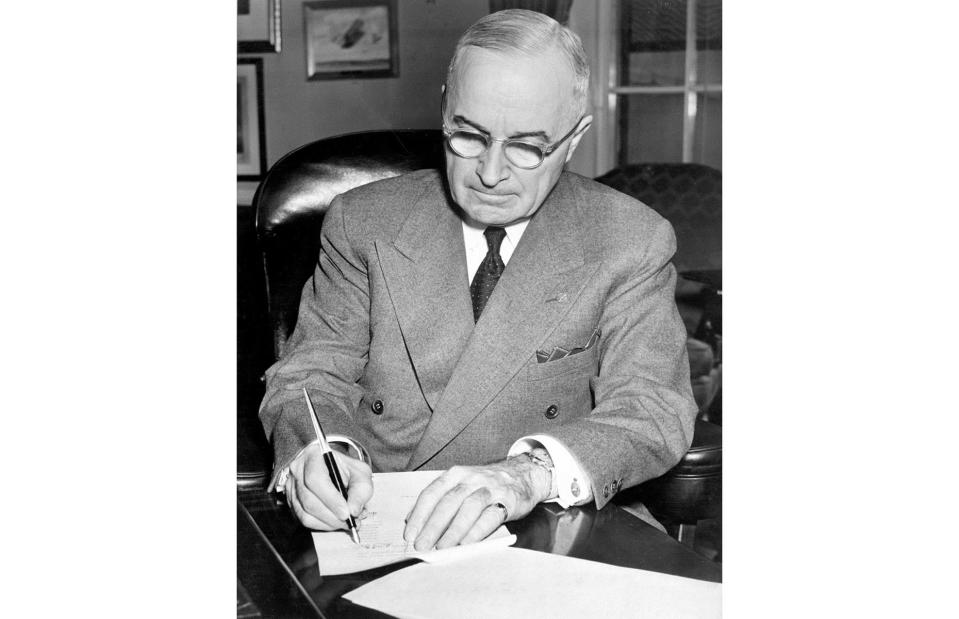
CBW/Alamy
But things in 1950s America were far from rosy, and the first blip of the decade came on 27 June 1950, when President Harry S. Truman announced US entry into the Korean War. What began as a civil conflict between North and South Korea quickly escalated into a proxy battle of democracy versus communism, with North Korea backed by the Soviet Union and South Korea supported by America. It was the first major event of the Cold War. Truman declared a national emergency on 16 December 1950 (pictured), citing the threat of “communist imperialism” to the country.
1951: The Red Scare heightens
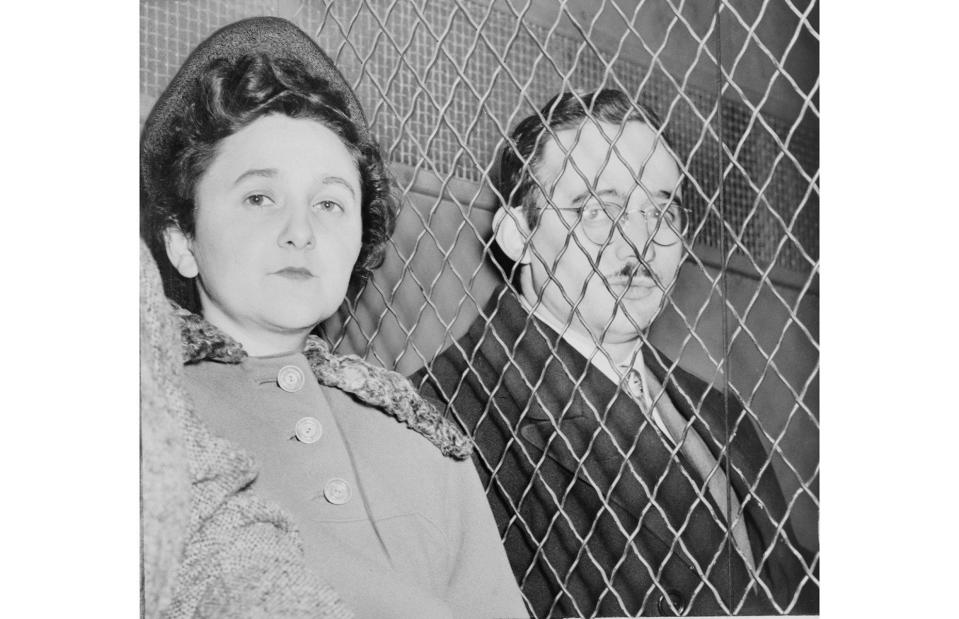
Roger Higgins, photographer from "New York World-Telegram and the Sun"/Public domain/Wikimedia Commons
As America’s anti-communist crusade intensified, it became known as the Red Scare. Fraught with hysteria and paranoia, it was a time when Soviet spies were believed to have infiltrated US institutions. Espionage trials against scientists and federal employees were carried out, with Julius and Ethel Rosenberg found guilty (pictured) on 6 March 1951 of selling atomic secrets to the USSR. Two years later, they became the first American civilians to be executed for conspiracy to commit espionage, which was also the first time the sentence had been exacted during peacetime. It’s now thought Ethel may have been innocent.
1952: The US tests the first hydrogen bomb
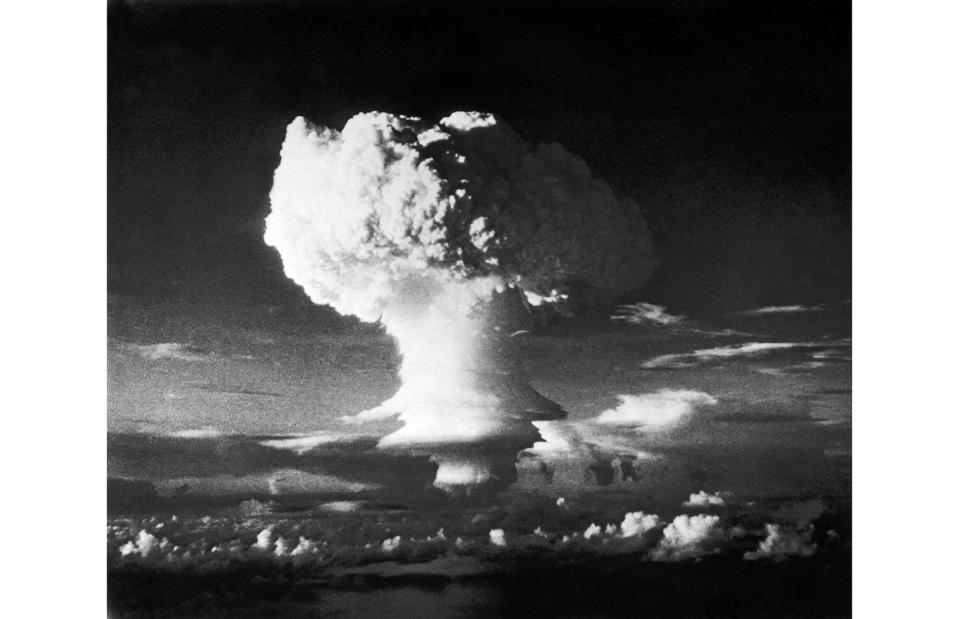
Underwood Archives, Inc/Alamy
Though it didn’t take place on American soil, the detonation of the world’s first thermonuclear weapon was one of the most notorious moments for the US in the 1950s. After the Soviets successfully tested an atomic device in September 1949, America grew eager to surpass them in the nuclear arms race. Approximately 1,000 times more powerful than other nuclear weapons at the time, America’s first hydrogen bomb exploded above the Pacific atoll of Eniwetok in the Marshall Islands on 1 November 1952.
1953: Eisenhower is inaugurated
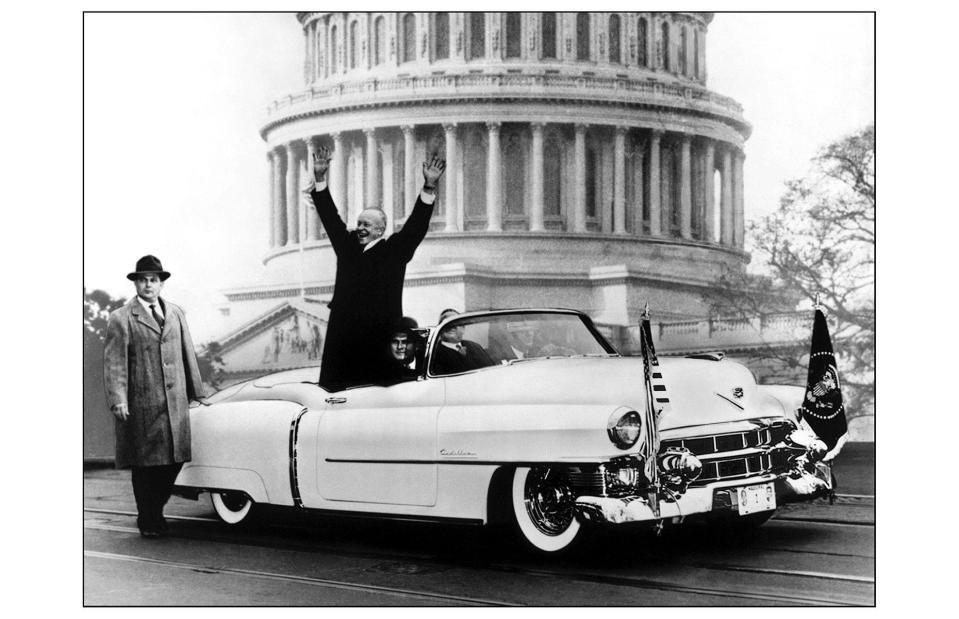
Shawshots/Alamy
Moderate Republican and Second World War hero Dwight D. Eisenhower became America’s 34th president in 1953 – this photo shows him riding to his inauguration in Washington DC on 20 January. Revered and respected across the nation, Ike famously signed an armistice ending the Korean War; introduced the world-beating interstate highway system; increased the minimum wage by a third; and propelled the country towards unprecedented economic wealth. Eisenhower won a second term in 1956, seeing America through the rest of the decade, and into the next.
1953: Christine Jorgensen wins Woman of the Year
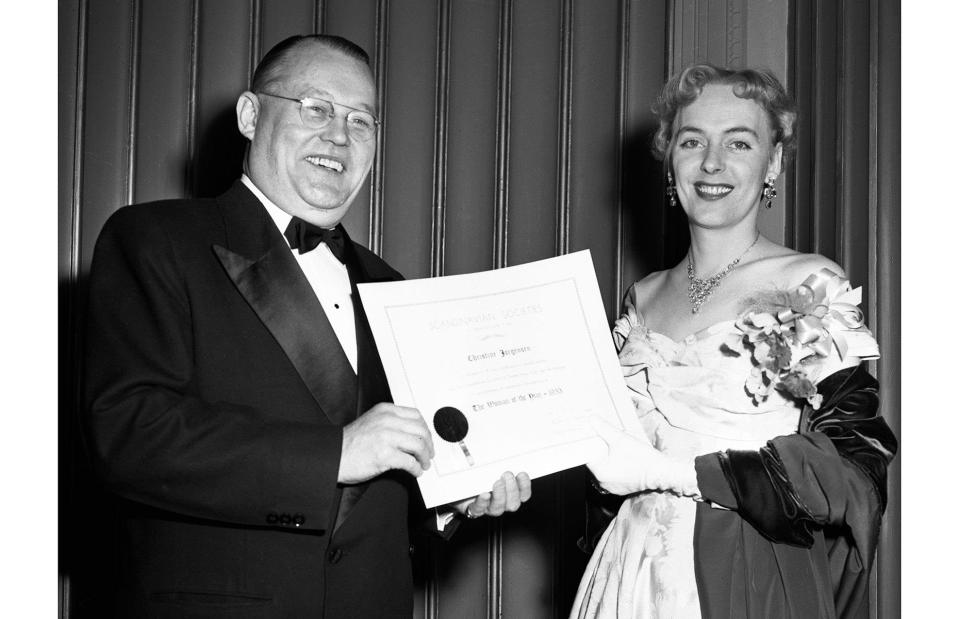
Bettmann Archive/Getty Images
Christine Jorgensen, a former GI in the US Army, was an international celebrity in the early 1950s when she became the first American to undergo successful gender reassignment surgery. A transgender woman, Christine announced her transition to a mostly warm reception in 1952 and was featured on the cover of New York Daily News. Having had the majority of her operations in Denmark, she received the Woman of the Year award from the Scandinavian Societies of Greater New York in March 1953, a moment captured here.
1954: Marilyn Monroe marries Joe DiMaggio
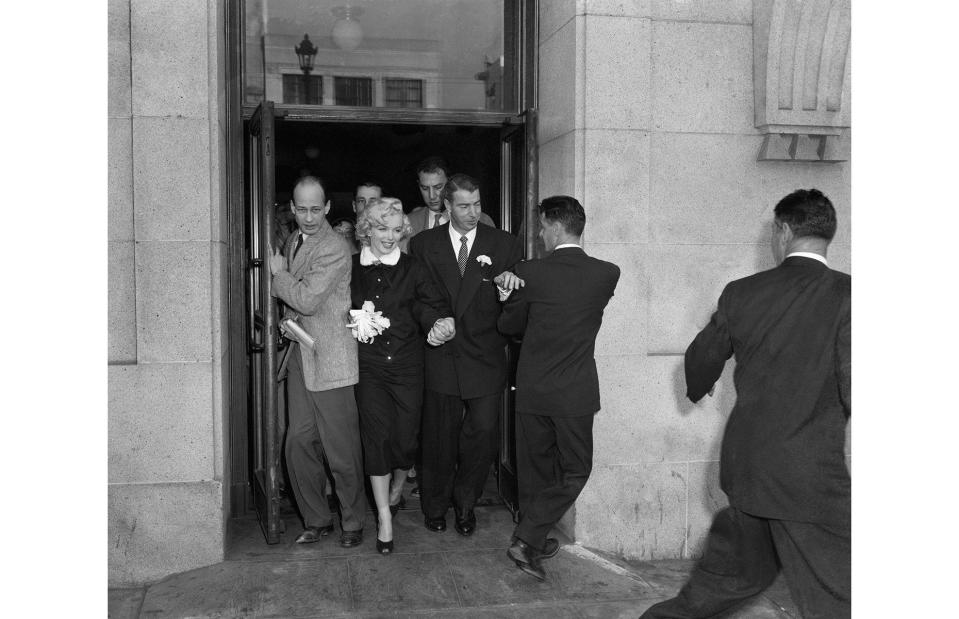
Bettmann/Getty Images
It was a courtship that captivated the world – the baseball legend and the Hollywood blonde. But when Marilyn Monroe and Joe DiMaggio tied the knot on 14 January 1954 at San Francisco City Hall (pictured), it would only be for 274 days. While on their honeymoon in Japan, Marilyn was asked to entertain US troops in neighbouring Korea, igniting a jealousy in her husband that corroded their short, tumultuous marriage. The couple divorced in October the same year, with Marilyn accusing DiMaggio of “mental cruelty”.
1954: The polio vaccine is rolled out
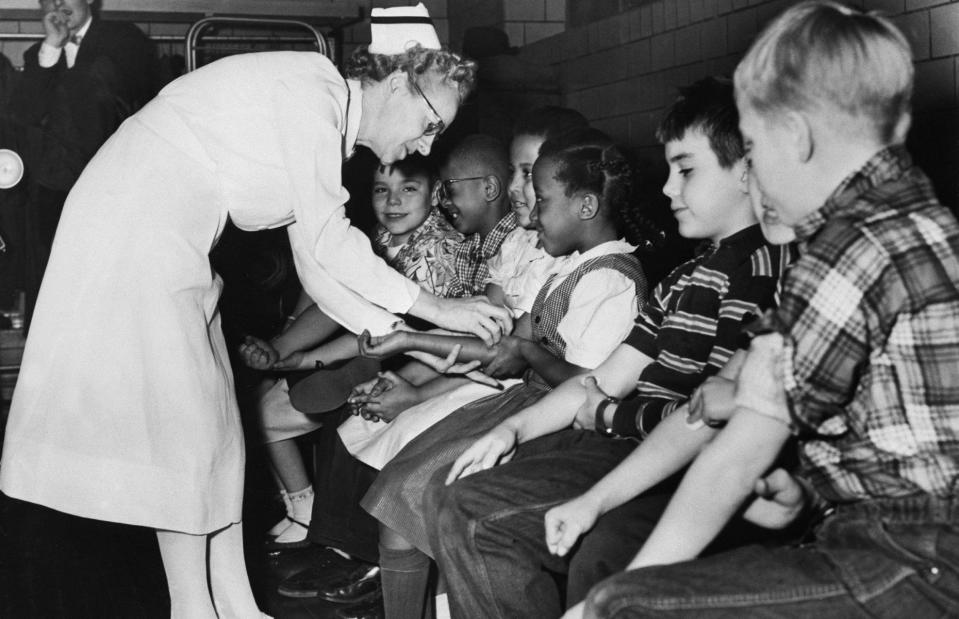
Bettmann/Getty Images
Polio was a highly contagious and feared disease in the first half of the 20th century. Causing muscle deterioration, paralysis (as in former US president Franklin D. Roosevelt’s experience) and even death in the extreme, it attacked the nervous system and infected hundreds of thousands of children a year at its peak. But on 23 February 1954, a new vaccine developed by Dr Jonas Salk was administered to elementary school pupils for the first time in Pittsburgh (pictured). As more and more children were immunised, by the year 2000 polio cases had fallen by 99%.
1954: Date night at the drive in
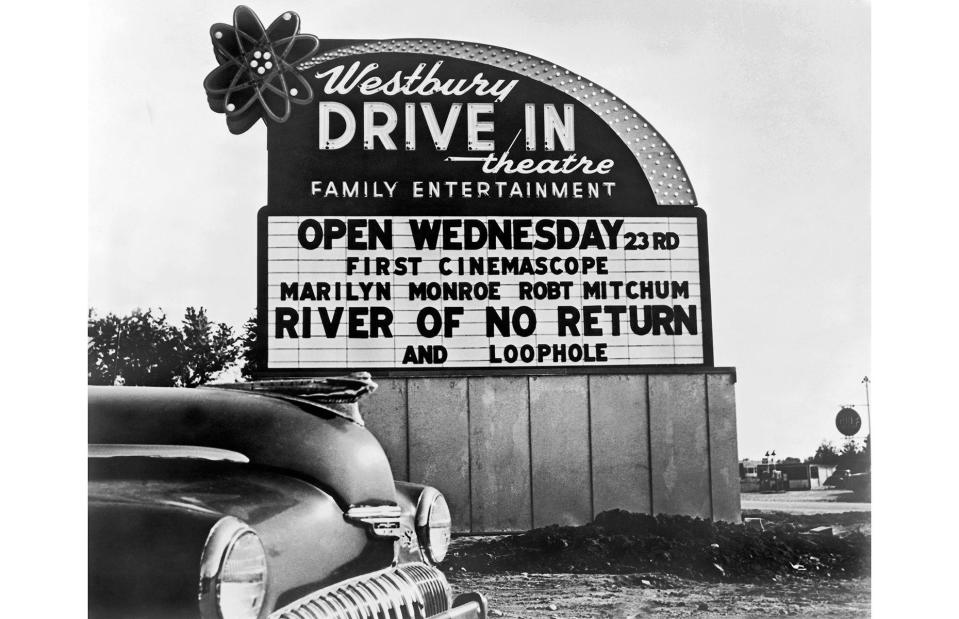
Underwood Archives/Getty Images
The likes of Marilyn Monroe, Marlon Brando, Grace Kelly and John Wayne were some of the decade’s biggest film stars. And as the levels of car ownership soared among young people throughout the 1950s, the preferred way for audiences to enjoy their movies was at a drive-in theatre. With their pocketfuls of disposable income, teen baby boomers loved the freedom afforded to them by a set of four wheels. But having a car also offered a rare opportunity for privacy away from overbearing parents, so this generation wasn’t quite as well-behaved as you might think.
1954: The rise (and fall) of McCarthyism
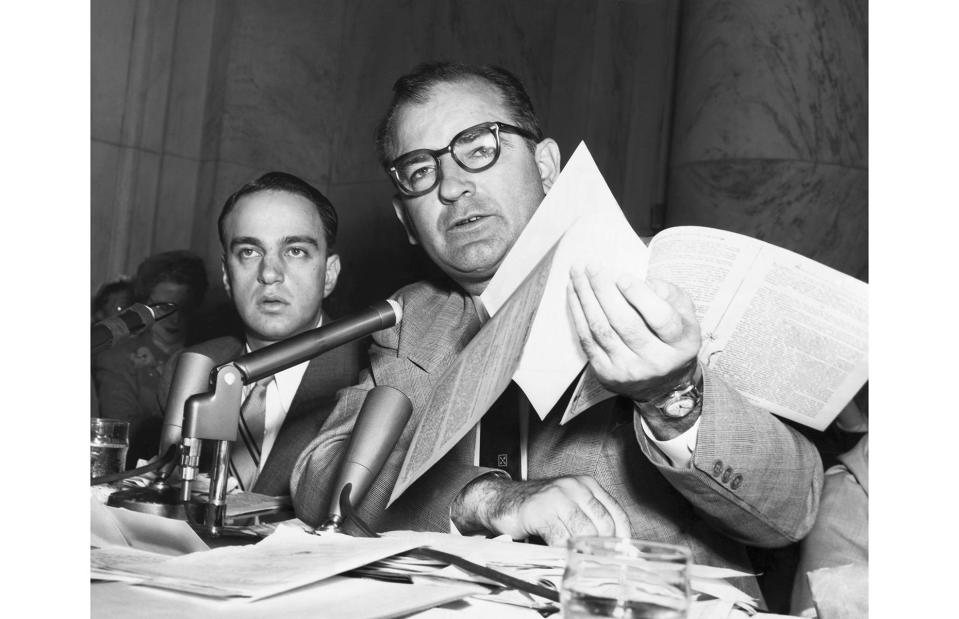
Bettmann/Getty Images
One of the most inflammatory voices of America’s 1950s anti-communist offensive was Joseph McCarthy, the Senator for Wisconsin. He capitalised on the Red Scare by using intimidation and unsubstantiated allegations to advance himself up the political ladder, accusing the CIA, the military, State Department employees, celebrities, members of the LGBTQ+ community, and his critics of communist affiliations. His televised investigations in 1954 (pictured), though they never formally exposed anyone, cost many their reputations and livelihoods. McCarthy was eventually censured for his conduct that December.
c. 1955: TV dinners feed the nation
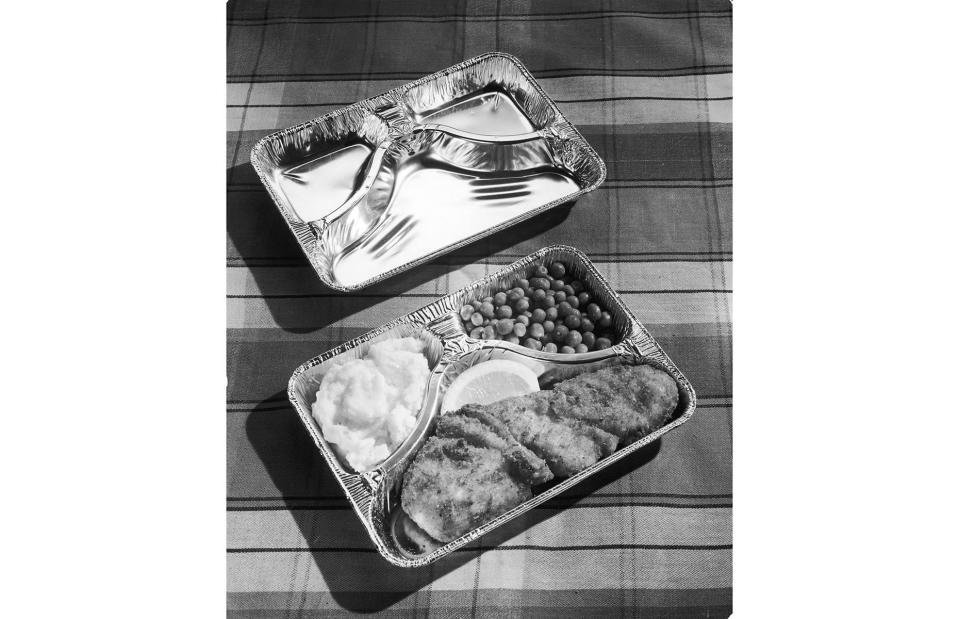
Hulton Archive/Getty Images
The 50s were the 'Golden Age' of many things – and television was one of them. The post-war resumption of consumerism meant TVs were suddenly an affordable luxury for the average American. The first colour televisions went on sale in December 1953 and by 1955, more than 64% of US households owned one. It was around this time that the Swanson company also started commercialising the TV dinner – full meals sold in ovenproof, disposable trays that could be conveniently heated up in 25 minutes. But not everyone was a fan; apparently, some men wrote strongly-worded letters to Swanson, lamenting the loss of home-cooked suppers.
1955: Microwave ovens go on sale
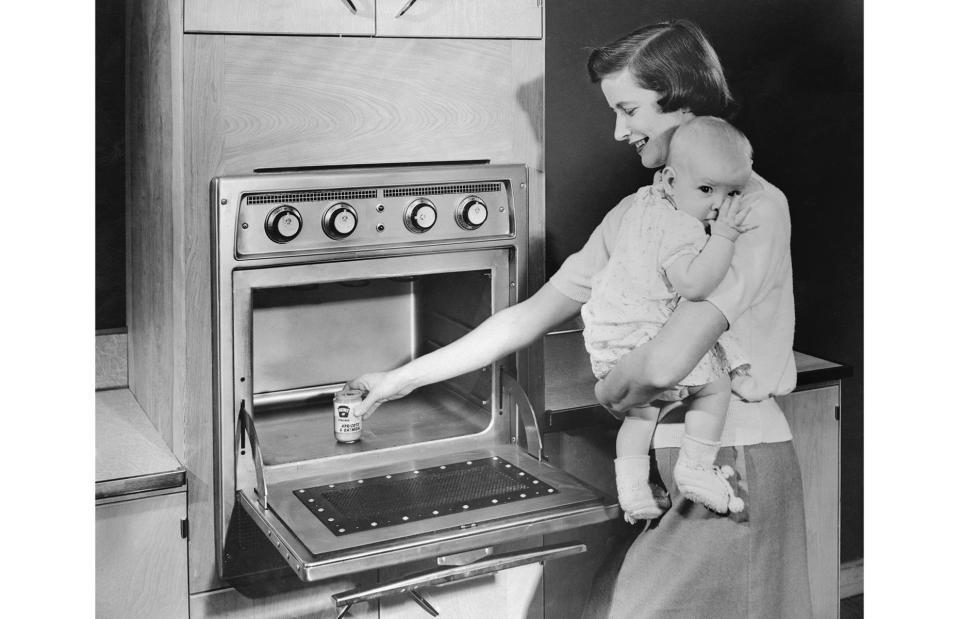
Bettmann/Getty Images
But the convenience meal was soon to become even more sophisticated, with the advent of the microwave oven. Born from technology used in the Second World War to help boost British radar systems looking out for the Luftwaffe, the first home microwave oven was produced by the Tappan Stove Company in 1955. In this photo, Ohio mum Joanne Meese tests the new cooking unit by heating up a jar of baby food. Though there’s hardly a home without one now, sales for the then-expensive appliance (around £11,900/$15,151 in today’s money) were initially slow.
1955: Sock hops and soda shops are all the rage
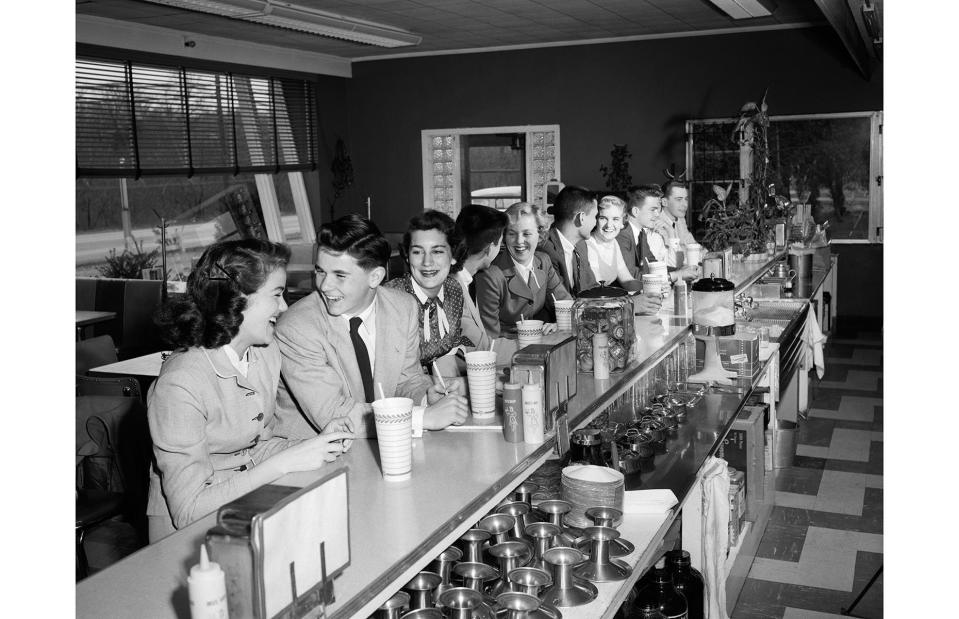
H. Armstrong Roberts/ClassicStock/Getty Images
When 1950s teenagers weren’t busy canoodling at the drive-in, they were hanging out at the local soda shop. Also known as malt shops or soda fountains, these classic fixtures of America served fizzy drinks, milkshakes, ice cream sodas, sundaes and snacks, and were incredibly popular with the preppies and greasers of the mid-century. After hours huddled around the chrome counter or squeezed into leather booths, they would then head to a ‘sock hop’ – social dances typically held in school gymnasiums, where attendees had to dance in their socks to protect the wooden floors.
1955: McDonald’s restaurant franchise is born
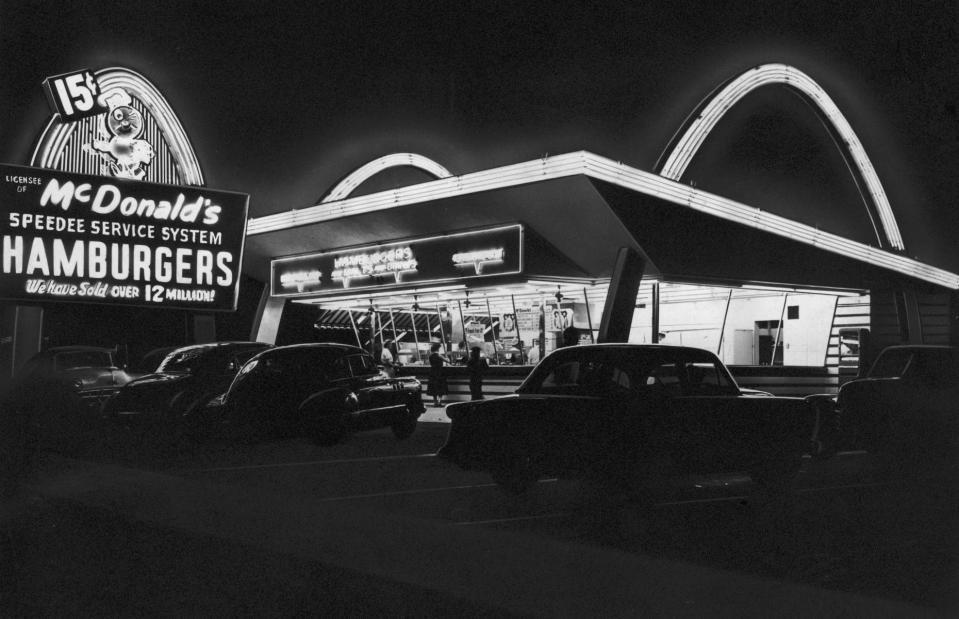
Hulton Archive/Getty Images
The year 1955 was huge for consumers, as the latest technology and entertainment offerings kept coming thick and fast. But nothing was faster than the service at McDonald’s, which opened its first franchise in Des Plaines, Illinois (pictured) on 15 April that year. Founded by Ray Kroc and spawned from an existing restaurant concept operated by brothers Richard and Maurice McDonald, the fast-food behemoth’s biggest seller was its 15¢ hamburger. On its first day of operations, the Des Plaines outpost sold $366.12 (£3,370/$4,283 today) worth of burgers, fries and shakes.
1955: Disneyland Park opens
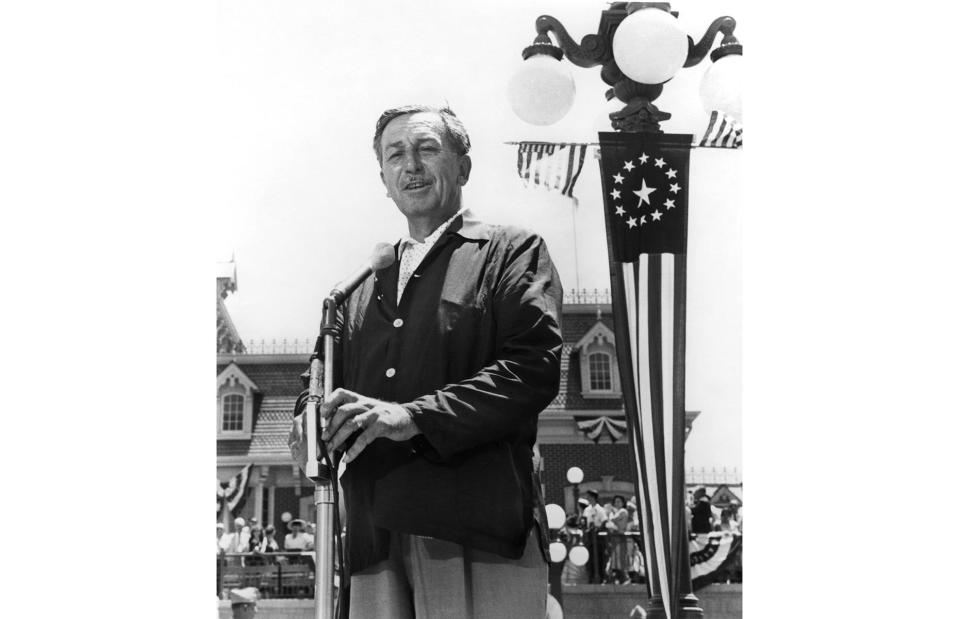
Everett Collection Inc/Alamy
By the middle of the 20th century, Walt Disney had been a household name for over a decade. Encouraged by the success of his early feature-length cartoons, such as Snow White and the Seven Dwarfs, Dumbo and Bambi, the artist and entrepreneur began designing an amusement park which would allow starry-eyed children and their parents to wander through his imagination. Built on 160 acres of former orange groves and costing $17 million (around £156.6m/$198.9m today), the very first Disneyland Park opened on 17 July 1955 in Anaheim, California. Here, Walt Disney prepares to deliver his opening day speech.
1955: The public prepares for nuclear warfare
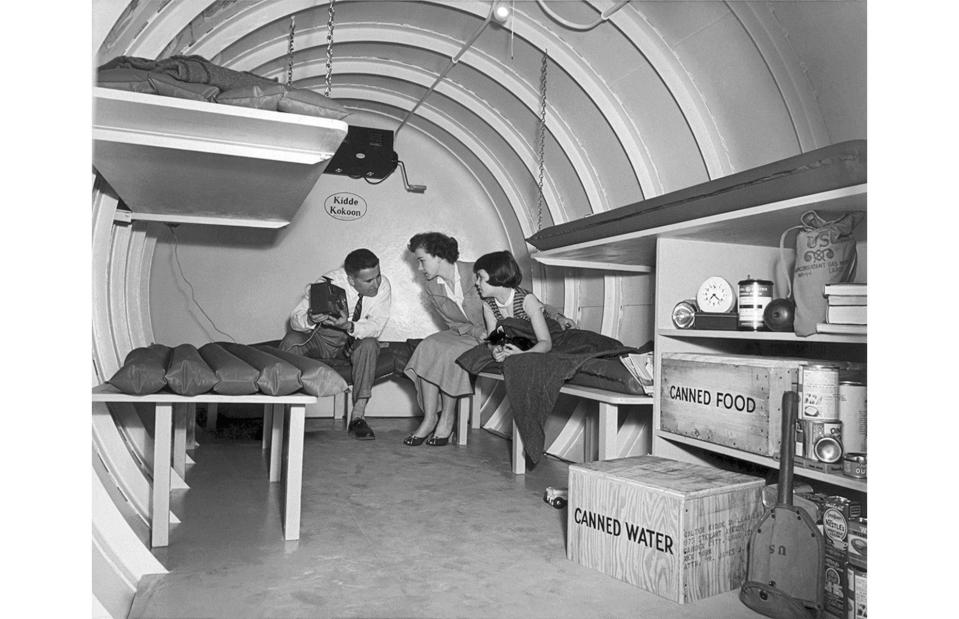
Underwood Archives/Getty Images
As Cold War tensions escalated, so did the looming threat of nuclear warfare. Eisenhower’s administration scrambled to devise a civil defence strategy, with 'duck and cover' safety drills becoming common practice. But due to patriotic propaganda, and given the capabilities of atomic bombs were still being understood, the likelihood of surviving such an attack in 1950s America was vastly overestimated. Garden City-based company Walter Kidde Nuclear Laboratories started manufacturing fallout shelters – this 1955 image shows a Long Island family sitting in one stocked with tinned food and water.
1955: James Dean rides for the last time
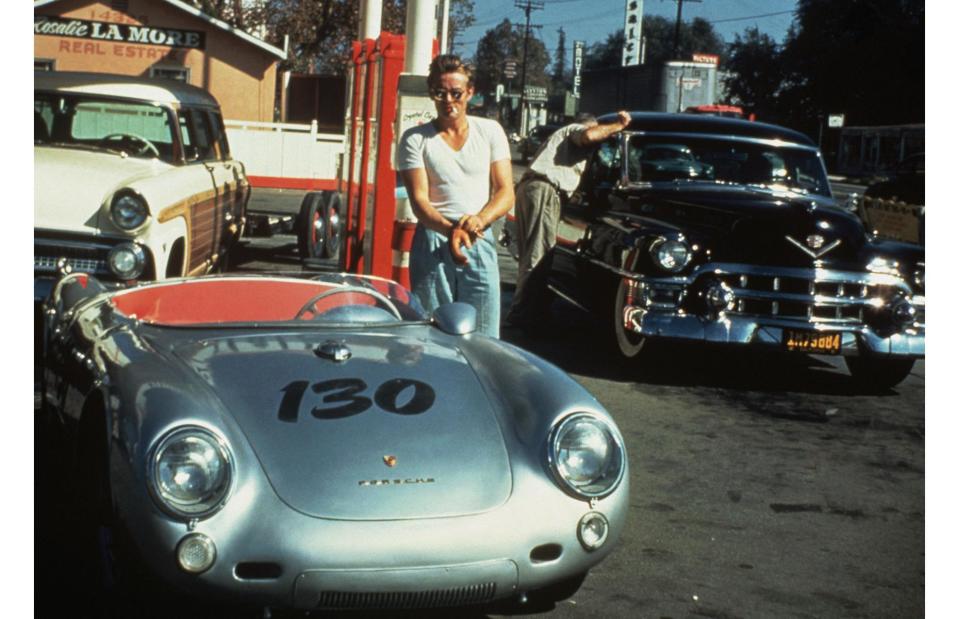
Bettmann/Getty Images
At the time of his tragic death on 30 September 1955, 24-year-old actor and avid racer James Dean had only filmed three movies, two of which were yet to be released. Nonetheless, he was already becoming something of a pop-culture icon, representative of the rebellious, slick-haired youths that started to make an appearance in the 50s. This haunting image of Dean was taken mere hours before he was killed, after his Porsche 550 Spyder crashed into another vehicle at an intersection in Cholame, California. His passenger and the other driver survived, while the car was believed to be cursed.
1955: The civil rights movement begins
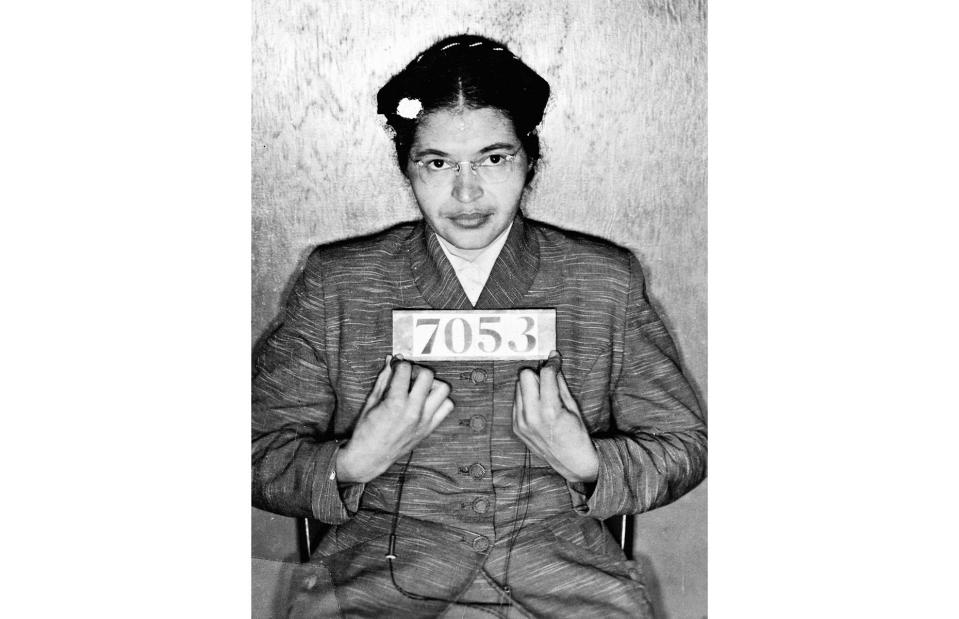
Photo 12/Alamy
The era’s prosperity, though widespread, was not universally enjoyed. Black Americans, still constrained by racist Jim Crow laws, were denied the same financial, educational and civil rights as white people. In 1954, segregation in public schools was declared unconstitutional by the Supreme Court, which slowly unravelled other systems of oppression and threw an unavoidable spotlight on racial discrimination. But in 1955, two events occurred that changed America forever: the lynching of 14-year-old Emmett Till in August, and the refusal of Rosa Parks to cede her seat on a bus to a white man in December. Parks was subsequently arrested (pictured).
1956: The Montgomery bus boycott continues
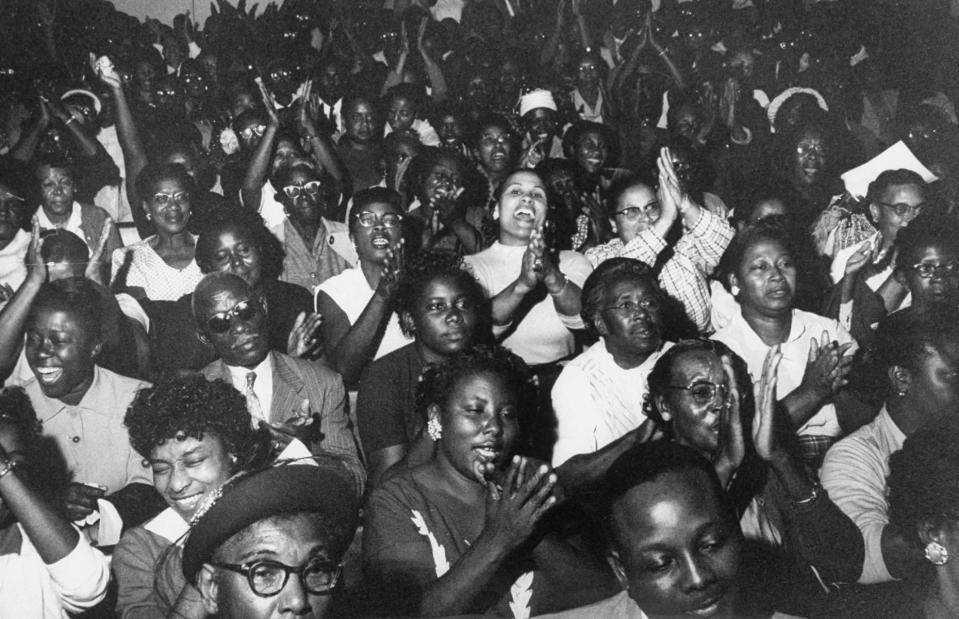
Don Cravens/Getty Images
These incidents ignited the civil rights movement and brought the struggle for racial equality to the mainstream. Rosa Parks’ landmark act of resistance played out in Montgomery, Alabama, where white and Black bus passengers were kept in strictly separated areas. Her prosecution spurred other African Americans in the city – led by Martin Luther King Jr – to take action against such injustice. They organised a crushing boycott of the Montgomery bus transit system, which relied mostly on the custom of Black travellers. It lasted 13 months, ending triumphantly in December 1956 when the city’s segregated bus seating was ruled unlawful by the Supreme Court.
1956: Elvis shakes onto the scene
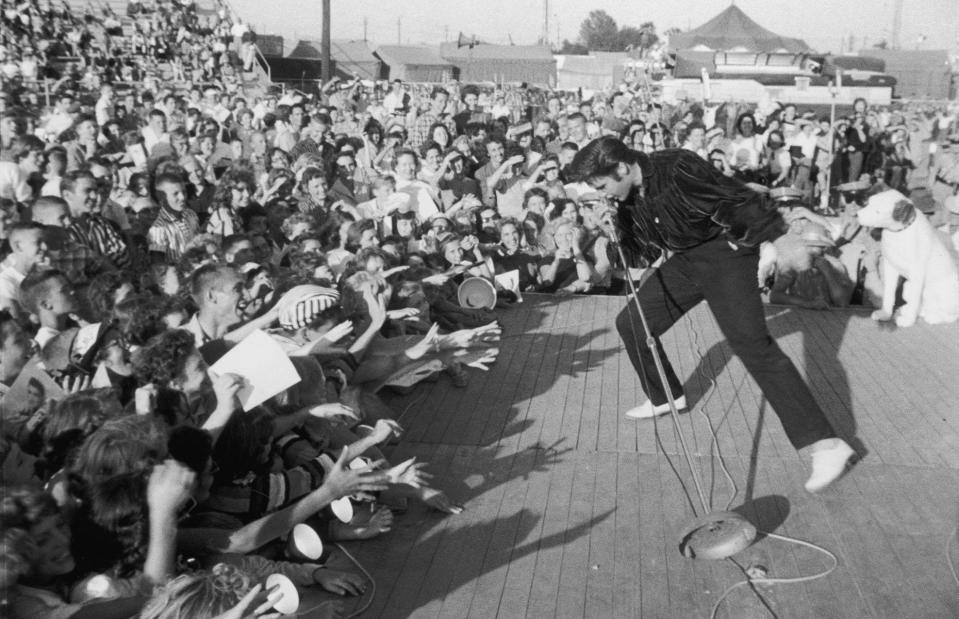
Hulton Archive/Getty Images
The mid-1950s gave rise to a new genre of music – a fusion of country, rhythm and blues, and gospel with its roots in the American South. Known as rock and roll, it appealed almost exclusively to young people and in 1956, breakout star Elvis Presley emerged as its king. Artists like Chuck Berry, Sam Cooke and Buddy Holly also brought rock and roll into homes across the country – and the world. Here, Elvis and his untameable pelvis drive the crowds wild at the 1956 Mississippi-Alabama Fair and Dairy Show in Tupelo.
1957: Suburbia sprawls
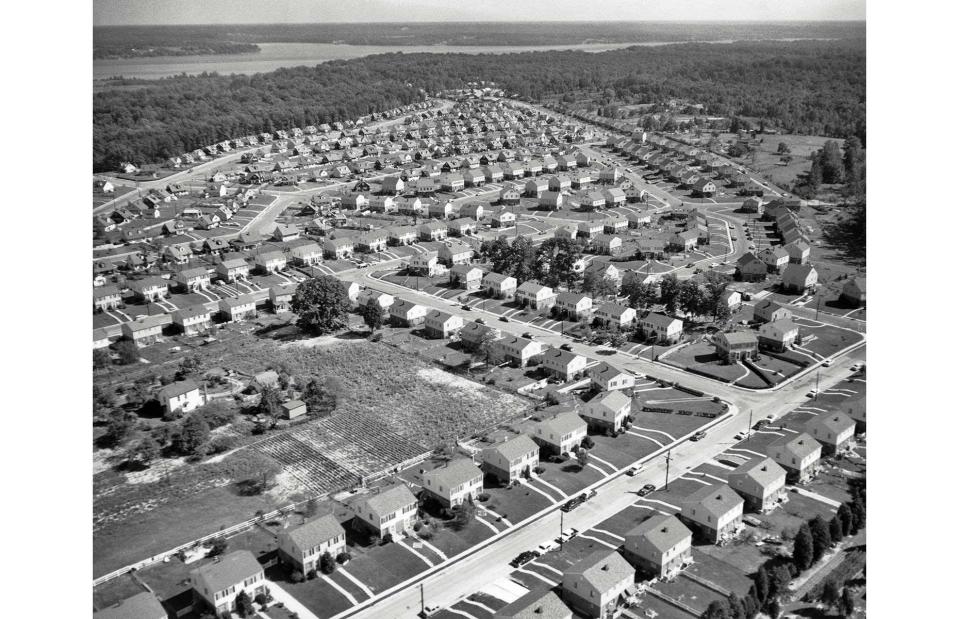
ClassicStock/Alamy
By 1960, more than half of all Americans lived in suburban areas – this 1957 image perfectly sums up how property developers profited from the baby boom. Land on the outskirts of cities was bought up and peppered with cookie-cutter family homes, earning suburbia nicknames such as 'Fertility Valley' and 'The Rabbit Hutch'. Life in suburbia fostered an idea of conformity to the era’s status quo – marriage, home ownership and the accumulation of material possessions were all deemed great markers of success. But this ultimately left many women feeling malcontent in their roles of wives and mothers, contributing to a second wave of feminism in the 1960s.
1957: Martin Luther King Jr addresses America
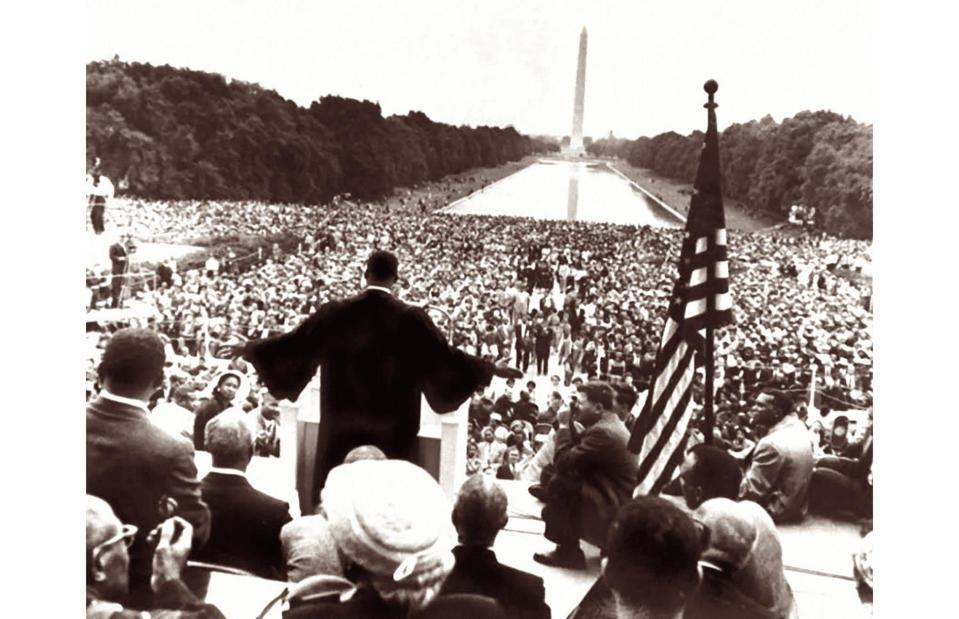
Alpha Historica/Alamy
Meanwhile, the civil rights movement was gathering pace. Buoyed by the power of the Montgomery bus boycott, activists continued their use of non-violent protest against racial segregation and discrimination. As part of the Prayer Pilgrimage for Freedom rally on 17 May 1957, Martin Luther King Jr delivered his first national address in front of Washington’s Lincoln Memorial (pictured). 'Give Us The Ballot' called upon President Eisenhower and members of Congress to secure voting equality for African Americans; a few months later, the Civil Rights Act – criminalising the suppression of a person’s right to vote – was signed into law.
1957: Federal troops escort the Little Rock Nine
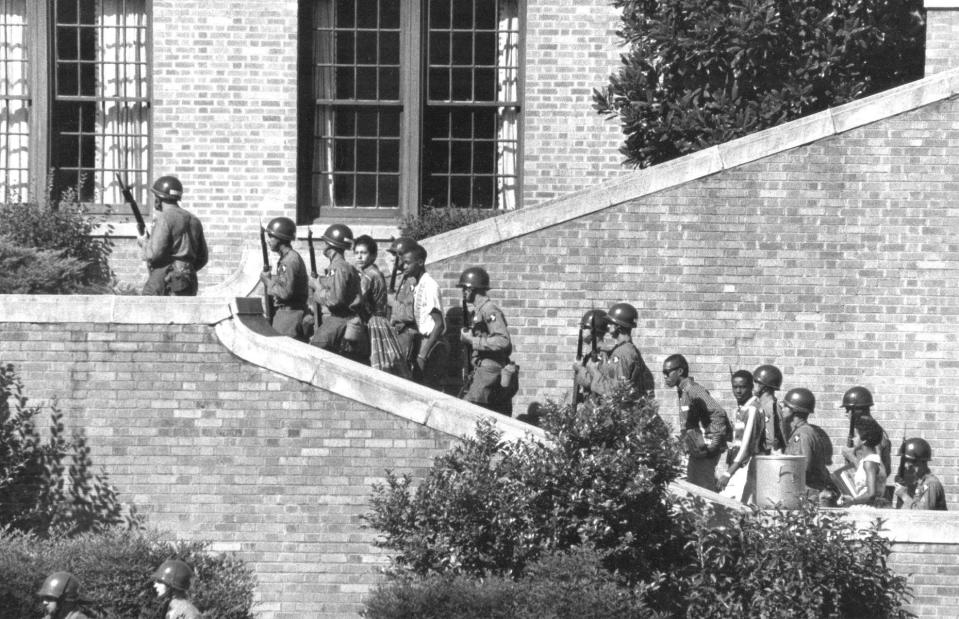
Pictorial Press Ltd/Alamy
In September 1957, a group of nine Black students turned up for their first day at Little Rock Central High School, Arkansas. The school, whose entire student population had been white until then, had asked for volunteers from all-Black high schools to aid its integration. On arrival, the ‘Little Rock Nine’ were met with soldiers from the Arkansas National Guard and a baying, racist mob, blocking them from entering the building. Later that month, Eisenhower sent federal troops to escort them into the school (pictured). They were continually harassed, though eight of the nine students completed the academic year.
1958: The Space Race begins
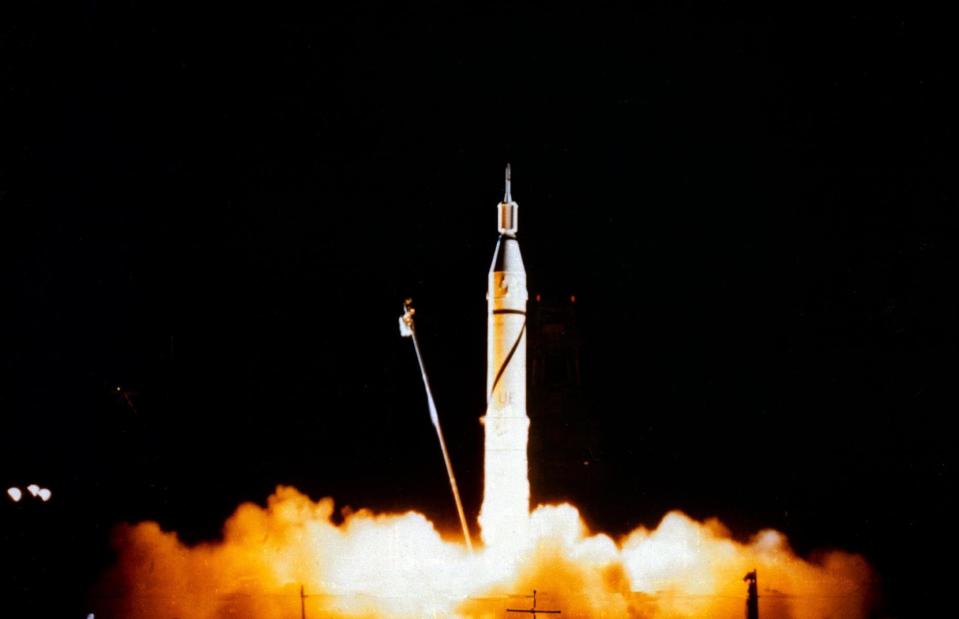
NASA Photo/Alamy
While the Cold War drew the United States into competition with the Soviet Union for nuclear dominance, it also sparked the beginning of the battle for aerospace supremacy. After Russia launched Sputnik I – the world’s first artificial satellite – in October 1957, it was only a matter of time before America entered the 'Space Race'. The US launched its first space satellite, Explorer I, in January 1958 (pictured) from Cape Canaveral, Florida. It went on to discover the Van Allen radiation belt. NASA (the National Aeronautics and Space Administration) was also established in 1958.
1958: Hula hooping emerges as the latest craze
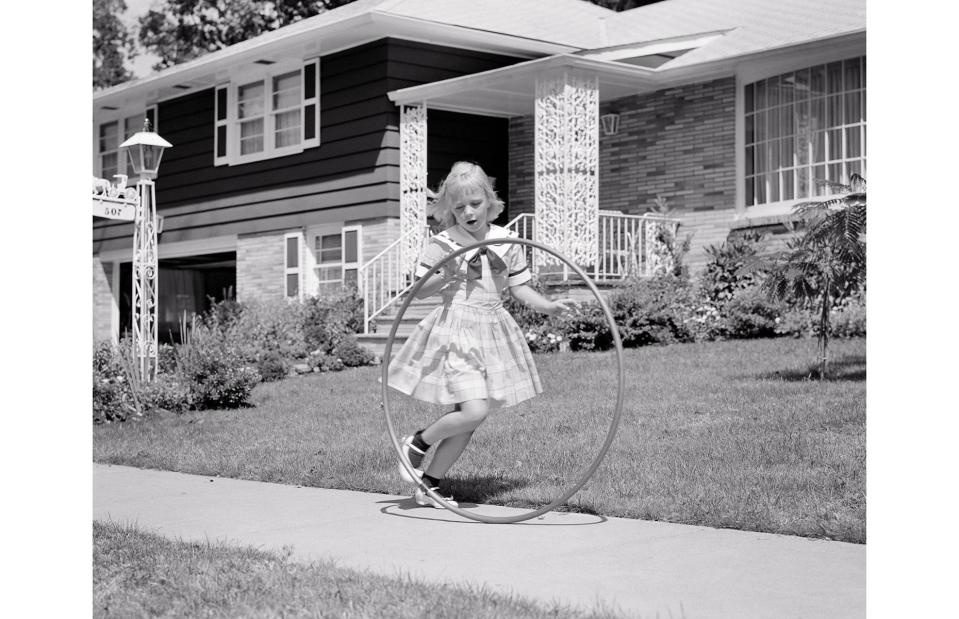
ClassicStock/Alamy
The versatile hula hoop, invented by Arthur K. 'Spud' Melin and Richard Knerr, became the nation’s most sought-after toy in 1958. Melin and Knerr had observed Australian children in gym class swivelling wooden hoops around their waists, and so set about producing a plastic version. Named 'hula' after the traditional Hawaiian dance known for its sinuous hip movements, the plastic hoops went on sale in 1958 and were patented in 1963. The same year also saw the unique interlocking design of Lego building bricks patented.
1958-59: Alaska and Hawaii become states
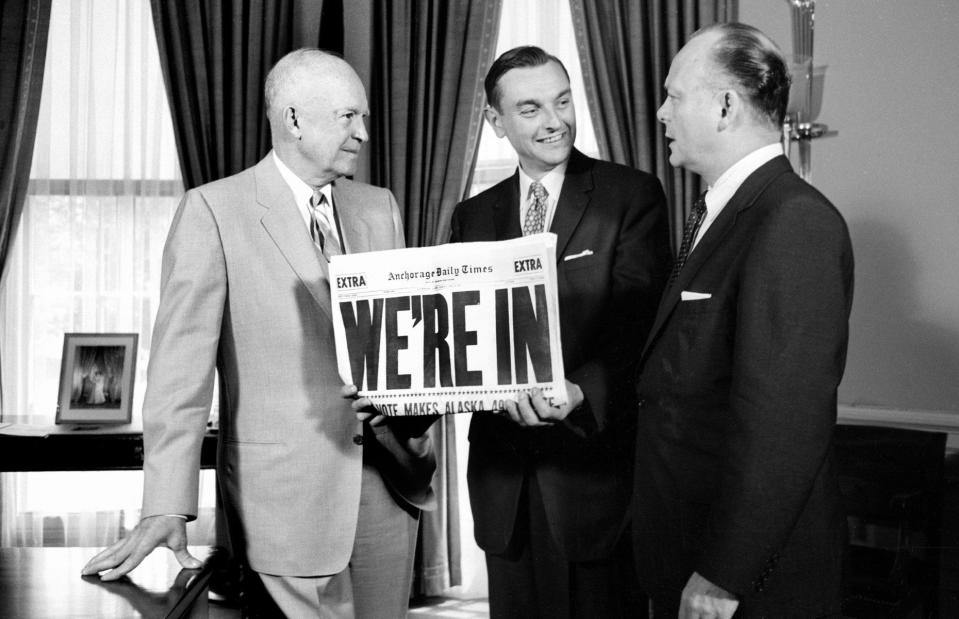
Glasshouse Images/Alamy
On 7 July 1958 (pictured), Eisenhower signed the Alaska Statehood Act, laying the groundwork for the remote territory officially becoming America’s 49th state on 3 January 1959. In this photo, the president stands with Michael A. Stepovich, Territorial Governor of Alaska, and Secretary of the Interior Fred A. Seaton at the White House on the day Alaska’s admission to the Union was granted. On 21 August 1959, Hawaii became the newest state in the US, 18 years after the surprise Japanese attack on Pearl Harbor brought the archipelago into the national consciousness.
1959: Tiki bars catch on
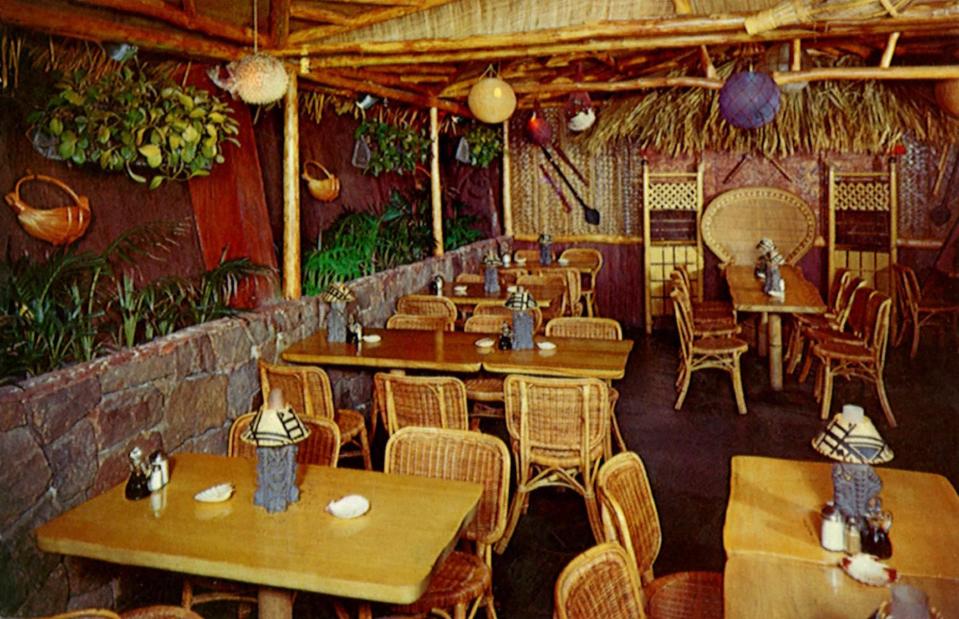
Pictures Now/Alamy
Though tiki bars – Polynesian-inspired, bamboo-clad drinking dens – first arose during the Great Depression, they truly flourished during the economic boom of the 1950s. Offering a delightfully kitschy escape from the pressures of work and post-war trauma, tiki bars became something of a cultural phenomenon in mid-century America, with their elaborate cocktails and immersive decor that transported punters to the white beaches of the Pacific. Pictured here is Mai-Kai in Fort Lauderdale, Florida which opened in 1956.
1959: Fidel Castro visits the US
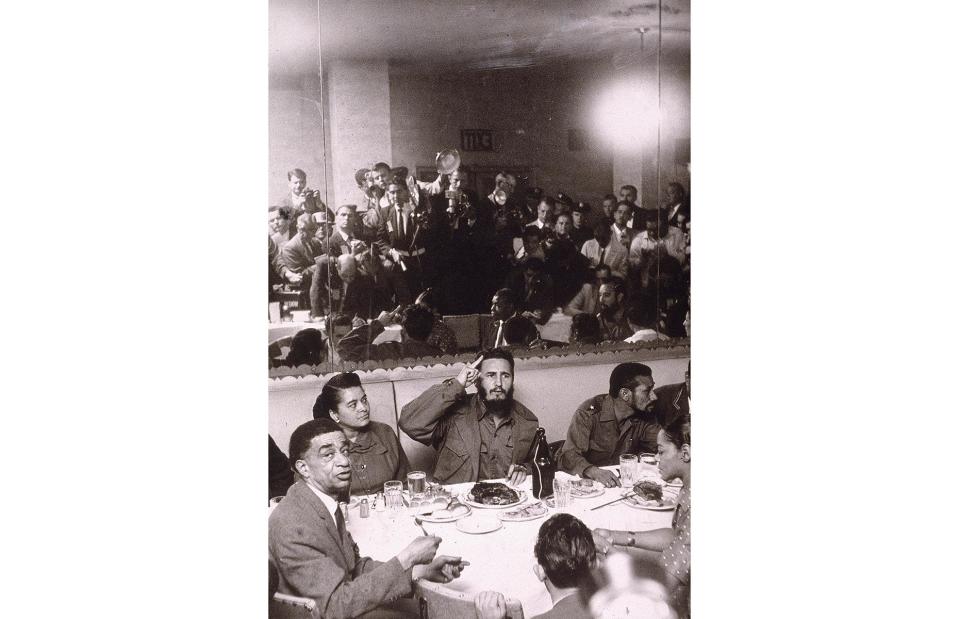
Hulton Archive/Getty Images
By 1959, communism had spread to the Caribbean. Fidel Castro overthrew the Cuban dictator Fulgencio Batista on 1 January 1959 and assumed control of the island nation. Though Castro’s anti-American rhetoric alarmed politicians and diplomats, he was a hit with the media. In April that year, the American Society of Newspaper Editors invited the bearded revolutionary to visit the US – and Castro accepted (he's pictured here having dinner in Harlem, New York). Though President Eisenhower refused to meet with him, Castro did attend talks with Vice President Richard Nixon. Despite this, international relations between the two countries remained fractious well into the 21st century.
1959: "The day the music died" rocks the world
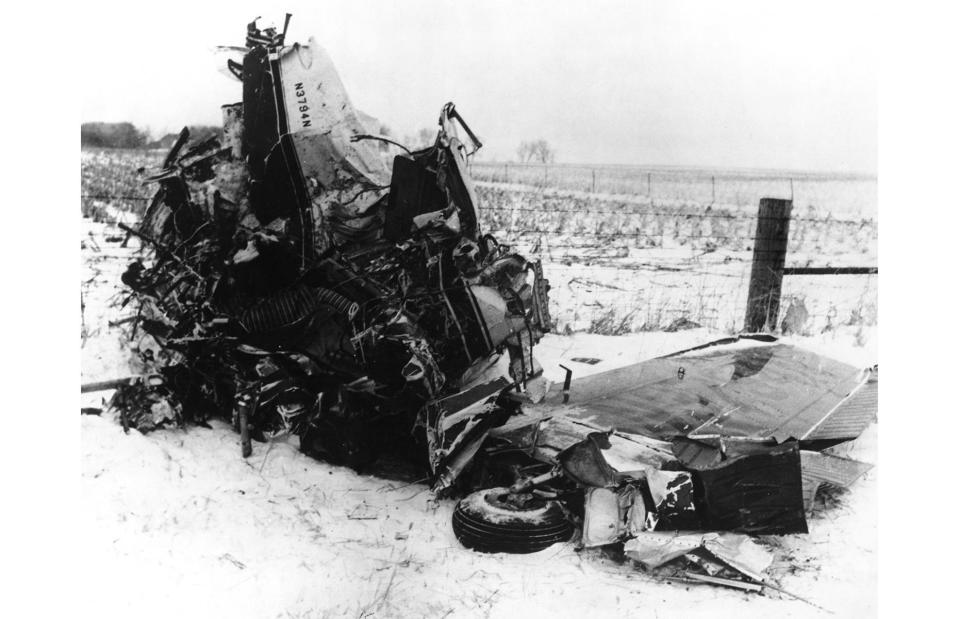
Michael Ochs Archives/Getty Images
On 3 February 1959, rock-and-roll stars Buddy Holly, Ritchie Valens and J.P. 'The Big Bopper' Richardson chartered a plane to travel between stops on the Winter Dance Party Tour. They were bound for Moorhead, Minnesota when their Beechcraft Bonanza plunged into the ground just minutes after taking off from Mason City, Iowa. The three musicians, along with the pilot, were all killed in the crash. This tragic moment was immortalised forever in 1972, when singer Don McLean released American Pie – the lyrics call it “the day the music died.”
Now check out these fascinating photos of America in the Roaring Twenties...


